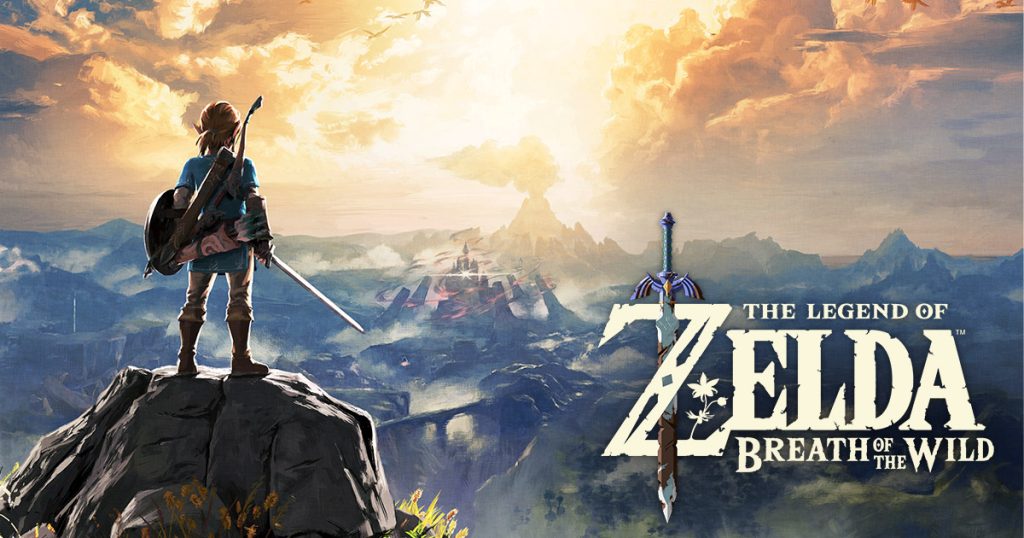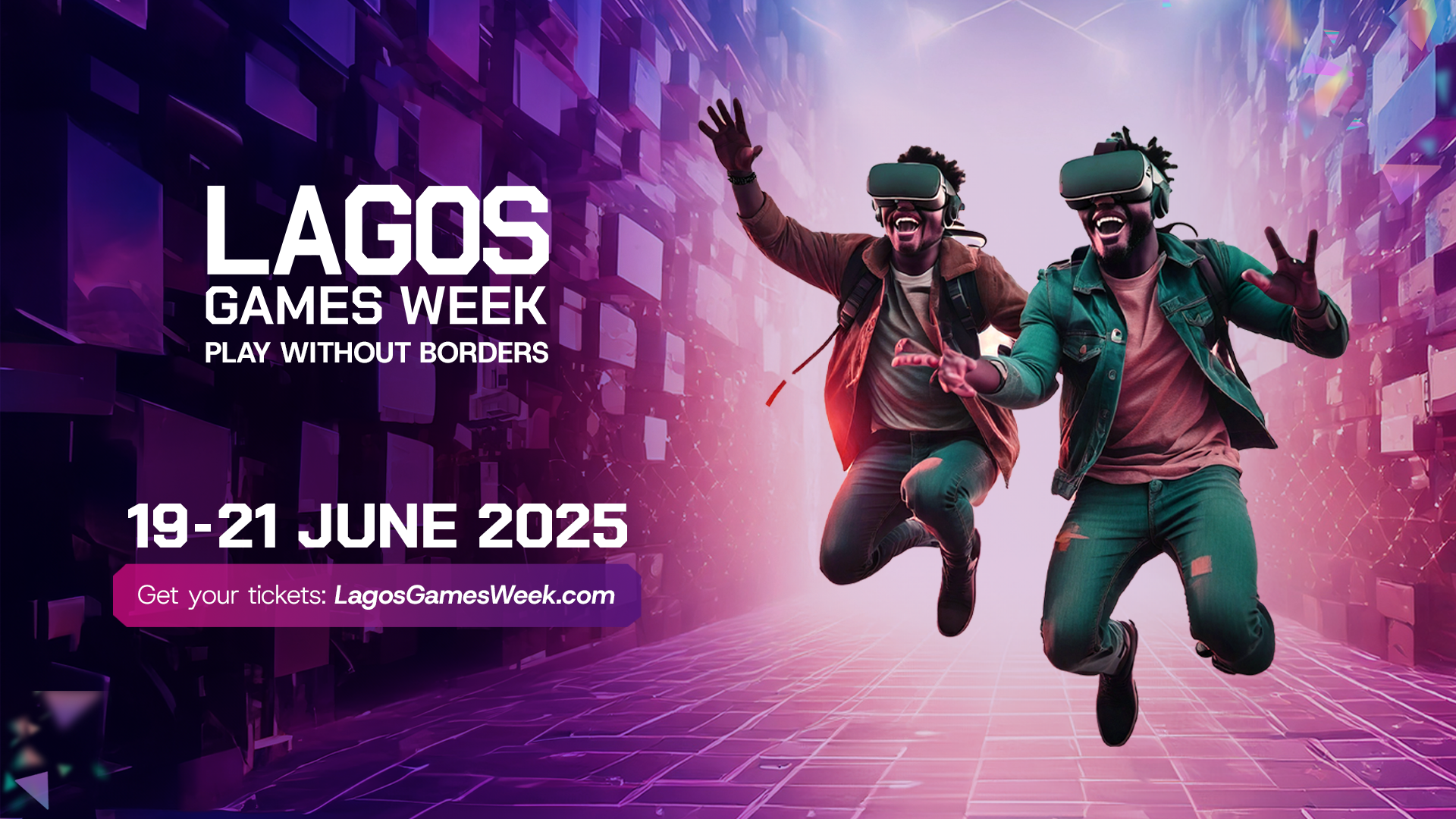Are you ready to take your game to the next level? It’s time to start playing infinite games the Simon Sinek way. The gaming industry is constantly evolving and it’s not enough to focus solely on short-term gains.
In his book “The Infinite Game,” renowned author and speaker, Simon Sinek explained that an infinite game is a game that doesn’t have a finite endpoint. Its objective is to keep going. A great example of this concept in a game is Cities Skylines. Part of Maliyo Games’ culture is continuous growth and learning, which led me to discover Cities Skylines while going through my Game Design module.
At Maliyo Games we uphold this value through a self-paced game design course that is part of our onboarding process. Whether you’re a developer, artist, or marketer, everyone at Maliyo Games goes through the course to gain a basic understanding of game design. This knowledge proves invaluable when offering feedback on games in development, as everyone on the team can approach the project from a holistic perspective.
Cities Skylines’ game pillars give players the freedom to choose how the game plays out, live out their fantasies, create their own stories, and express their creativity. No two games are the same, and players can enjoy endless experiences because the game is built to provide a long-lasting experience.
Lessons from Nintendo and Valve
Playing the infinite game can lead to sustainable growth for video game companies. By focusing on long-term goals and values, such as innovation, creativity, and learning, companies can build a lasting foundation and adapt to changes in the industry. Nintendo and Valve are great examples of companies in the video game industry known for building infinite games.
Nintendo, founded in 1889 in Kyoto, Japan, has been in existence for over a century. While Nintendo has faced its fair share of challenges, including the rising competition from mobile gaming, the company has consistently focused on innovation and quality to keep its global fan base engaged.

In March 2022, it was announced that the company had delayed the release of the highly anticipated video game “The Legend of Zelda: Breath of the Wild” for several months. This decision was made to ensure that the game was of the highest quality and would deliver an outstanding experience to players, even if it meant delaying the release.
Valve, founded in 1996, is another example of a company that has played the infinite game. Their debut title, Half-Life, released in 1998, won more than 50 Games of the Year awards. Today, millions play their games every day.
They created Steam in 2003 to serve as a digital content distribution channel before the ubiquity of app stores. The Steam community now enables millions of players to share ideas, entertainment, and make friends. Even more exciting is that they invented the VR technologies that power the Vive and interactive VR system brought to market in partnership with HTC a global innovator in smart mobile devices, connected technology and virtual reality.
These companies have a clear vision of their long-term goals and have consistently adapted to the changing landscape of the industry.
Achieve long-term favourable outcomes
While playing the infinite game can be beneficial, it’s not without its challenges. It requires a different mindset and approach compared to playing the alternative – the finite game – and companies need to be willing to take risks and make sacrifices in the short term to achieve long-term favourable outcomes. Companies like Nintendo and Valve have shown that delaying a game release or investing in new technologies, for example, while it may seem counterintuitive in a fast-paced market does pay off in the long run.
To start playing the infinite game, companies need to develop a clear vision and purpose that goes beyond just making money. They need to prioritise their values and build a culture that supports long-term goals. They also need to be willing to take risks and experiment with new ideas and approaches.




